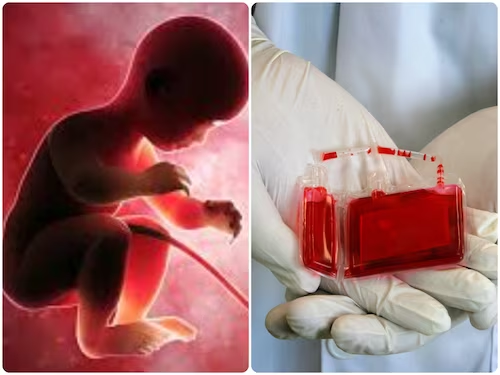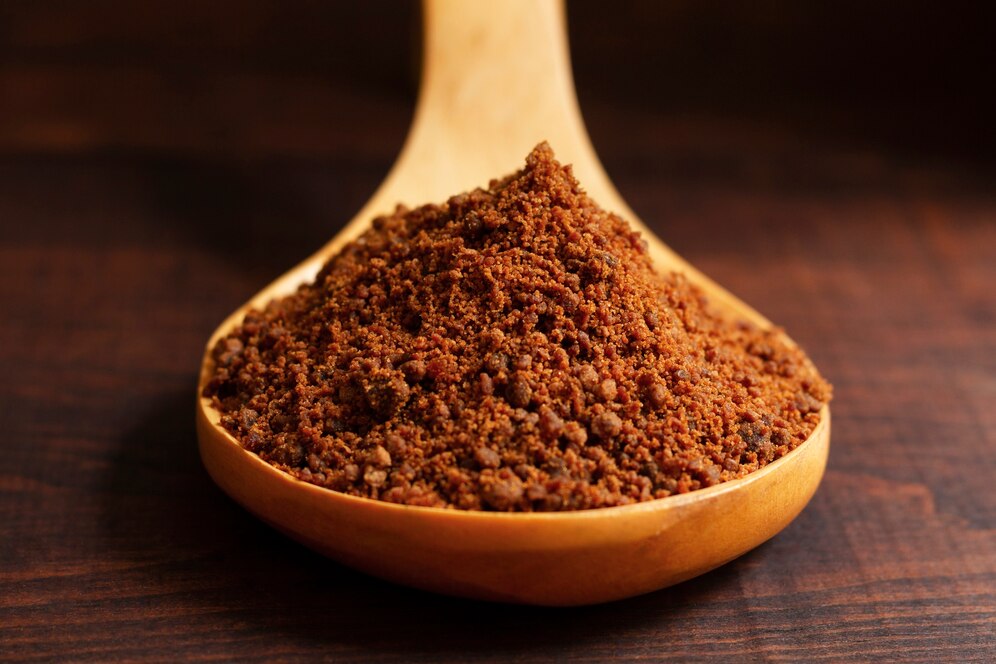Uses of Umbilical cord blood: After the birth of the child, the practice of depositing the cord in the cord blood bank has increased rapidly to keep the cord safe for a long time. At the same time, even at a slow pace in India, people are becoming aware about it. Doctors and experts all over the world are insisting that keeping the placenta safe for a long time is proving to be a win-win deal for all. Actually, only one blood cell makes up to 3.4 liters of blood in our body. At the same time, the umbilical cord is full of blood stem cells. Scientists have also proved that red and white blood cells can be developed from stem cell blood.

Leonard Jones, professor at Harvard Medical School and director of the Stem Cell Program in Boston, told the BBC that thousands of lives are being saved every year with the help of stem cell blood. Medical experts claim to cure various blood related diseases with the help of stem cell blood. Doctors say that it can be used in the treatment of fatal diseases. First of all know what is cord blood bank? How much will you have to pay every year to deposit the placenta in it? Where is cord blood bank in India?
What is cord blood bank, how much will it cost?
A cord blood bank is a facility that stores cord blood for future use. There are both private and public cord blood banks around the world. Public cord blood banks accept donations to be used for those in need. They work like public blood banks. Public cord blood banking has been more widely accepted in the medical sector. At the same time, private cord blood banks keep it safe only for the possible use of the cord donor or his family. Private cord blood banks in the US charge about $2,000 for this and about $200 a year for storage. At the same time, in India, Rs 56,500 to Rs 5,53,000 is charged for this.
Which serious diseases can be treated?
According to doctors, through umbilical cord blood, blood cancer, bone marrow disease, sickle cell anemia, weakness of the immune system, problems related to metabolism and rare genetic diseases can be easily treated. For this, stem cells are collected from the umbilical cord and kept safe in the cord blood bank for a long period. Although the practice of keeping stem cells safe in cord blood banks is very less all over the world, but it is increasing gradually. According to cell trial data, 3 percent of parents in the US are adopting it. At the same time, it is 0.3% in Britain and 0.08% in France.
Where are umbilical cords stored in India?

The practice of preserving the umbilical cord for a long time in India is 0.4 percent more than in Britain and France. However, it is still very less. The main reason for this is the high storage cost. Cord Life Sciences India Pvt Ltd has cord blood bank in West Bengal. Stem cells from all over the country are collected and kept safe in this bank. Chord Life offers several packages. For this one has to pay from Rs 56,500 to Rs 5,53,000. The number of private cord blood banks is increasing rapidly all over the world, but they are still very expensive. In India too many private cord blood banks are advertising cord blood banks with the promise of medical use.
Fake claims misleading parents?
A report by the Indian Council of Medical Research (ICMR) says that advertisements for private cord blood banks are misleading. People are not being given accurate information in these advertisements. ICMR says that till now there is no scientific basis for preservation of umbilical cord blood for future use. Therefore this practice raises ethical and social concerns. In the advertisement, the parents are being told about the future of the child that 80 diseases can be treated with the help of stem cells. This claim of his is not scientifically correct.
How many children may be needed?
A research report of the Fund of Canada Blood Service has told that how many children may need stem cell blood in future. According to the report, from one child in 20 Hajkar i.e. 0.005 percent to one child in 2.5 lakh i.e. 0.0004 percent may need stem cell blood. Indian Academy of Pediatrics does not endorse the storage of cord blood for future use. According to the Academy, the expectation of its use is very less. According to this, in 20 years, only 0.04% to 0.005% children may need stem cell blood. American Academy of Paediatricians, American Society for Blood and Marrow Transplant, Royal College of Obstetricians and Gynaecologists, European Group on Ethics in Science and New Technologies also say something similar.
Where is it illegal to preserve the umbilical cord?
According to the data of the Indian Society of Blood and Marrow Transplant, only 60 cord blood transplants have been done in India in the 10 years between 2012 and 2022. The policy of the American Academy of Pediatrics states that private storage of cord blood as 'biological insurance' is unwise. If you think that any member of your family may need stem cell transplant in future, then only get it done safely. Private storage of cord blood is illegal in Italy and France. It is also discouraged in some other European countries. However, the University of Pittsburgh Medical Center Children's Hospital successfully treated 44 children with 20 different cancers, as well as genetic diseases, with donated cord blood stem cells. In this, problems like sickle cell anemia, Hunder's syndrome and deficiency of the body's immune system were treated.
Confused about stem cells?
Cord blood contains hematopoietic stem cells, which can only differentiate into blood cells. It should not be considered embryonic stem cells or pluripotent stem cells, which can differentiate into any cell in the body. Cord blood stem cells can make blood cells. They can make red, white blood cells and platelets. This is the reason that umbilical cord blood cells are currently used for the treatment of genetic diseases, cancer and blood disorders related to the blood and immune system. Cord blood is also a source of mesenchymal stem cells, which can be further used to form connective tissues, bone and cartilage.
Photo Credits: Google










